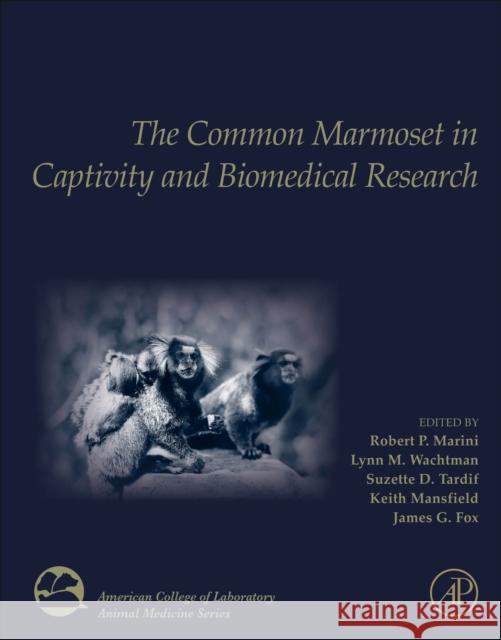The Common Marmoset in Captivity and Biomedical Research » książka
topmenu
The Common Marmoset in Captivity and Biomedical Research
ISBN-13: 9780128118290 / Angielski / Twarda / 2018 / 570 str.
Kategorie:
Kategorie BISAC:
Wydawca:
Academic Press
Seria wydawnicza:
Język:
Angielski
ISBN-13:
9780128118290
Rok wydania:
2018
Numer serii:
000318363
Ilość stron:
570
Waga:
1.71 kg
Wymiary:
27.94 x 21.59 x 3.05
Oprawa:
Twarda
Wolumenów:
01
Dodatkowe informacje:
Wydanie ilustrowane











